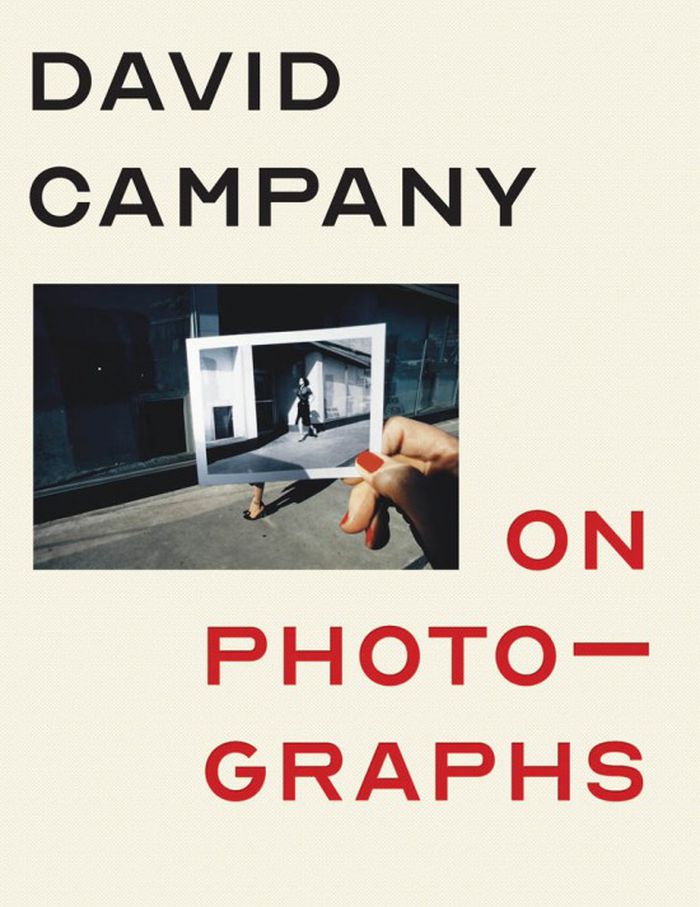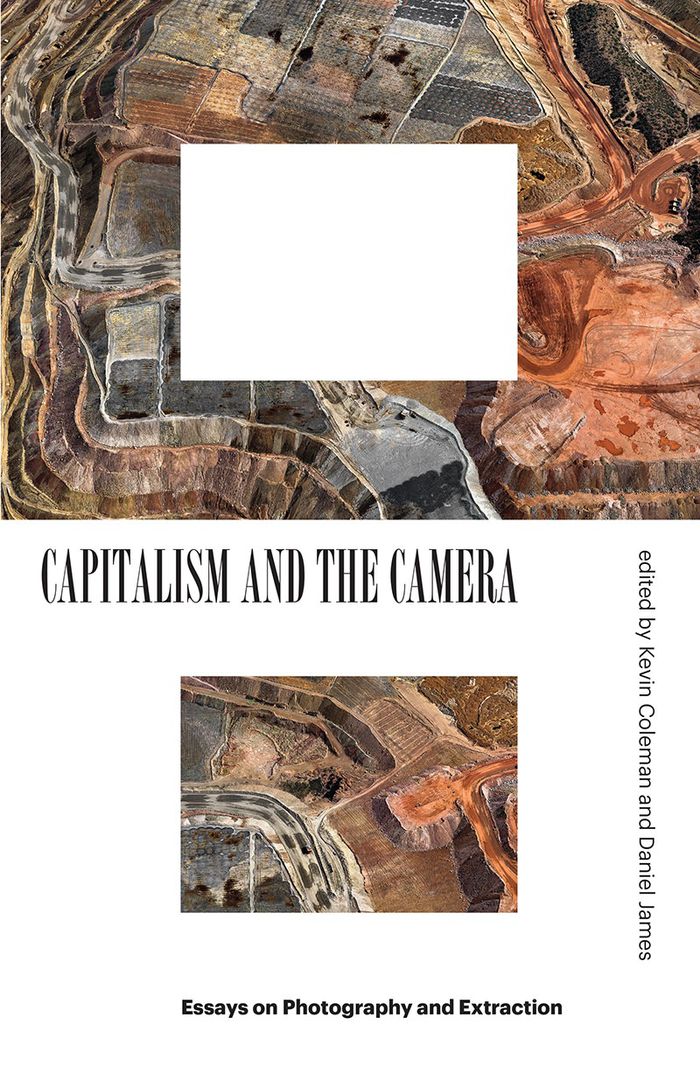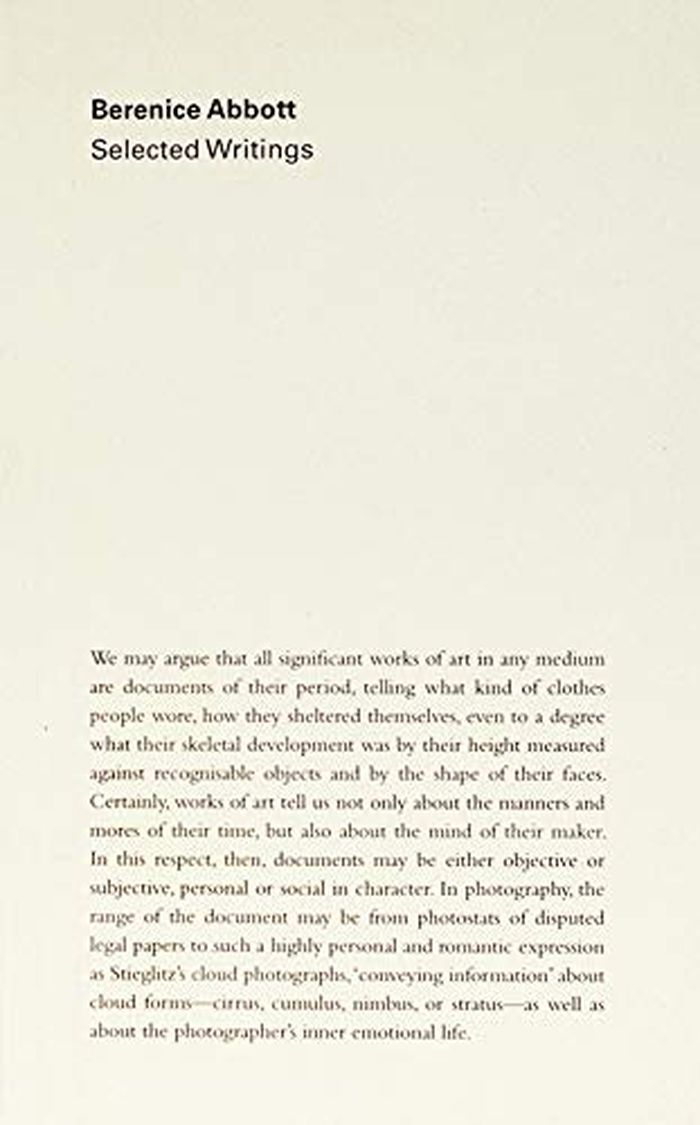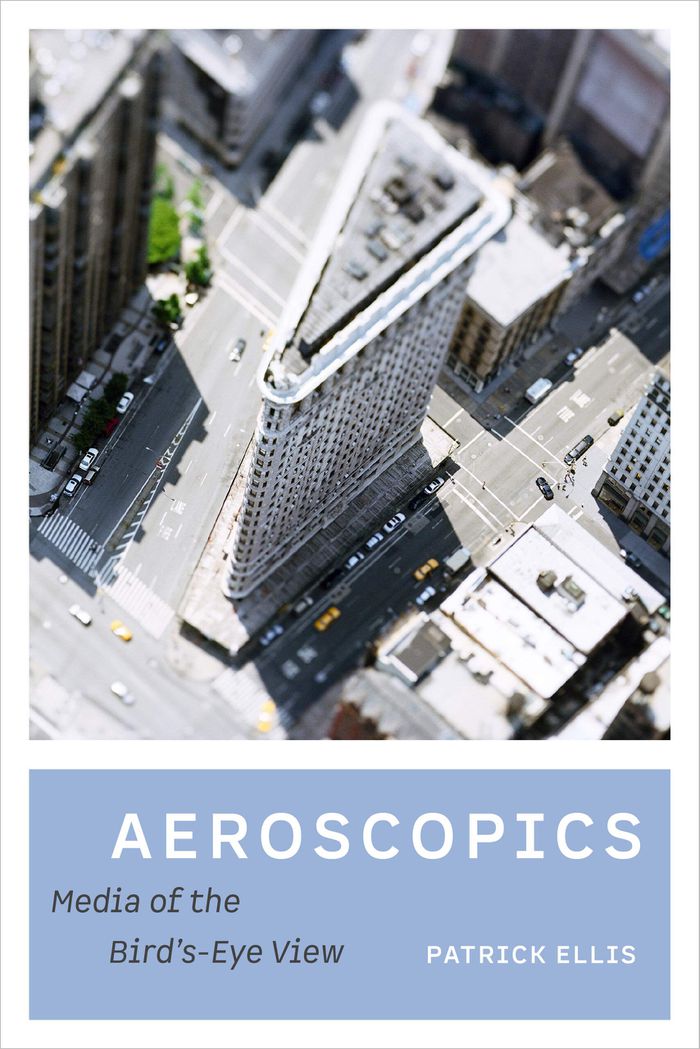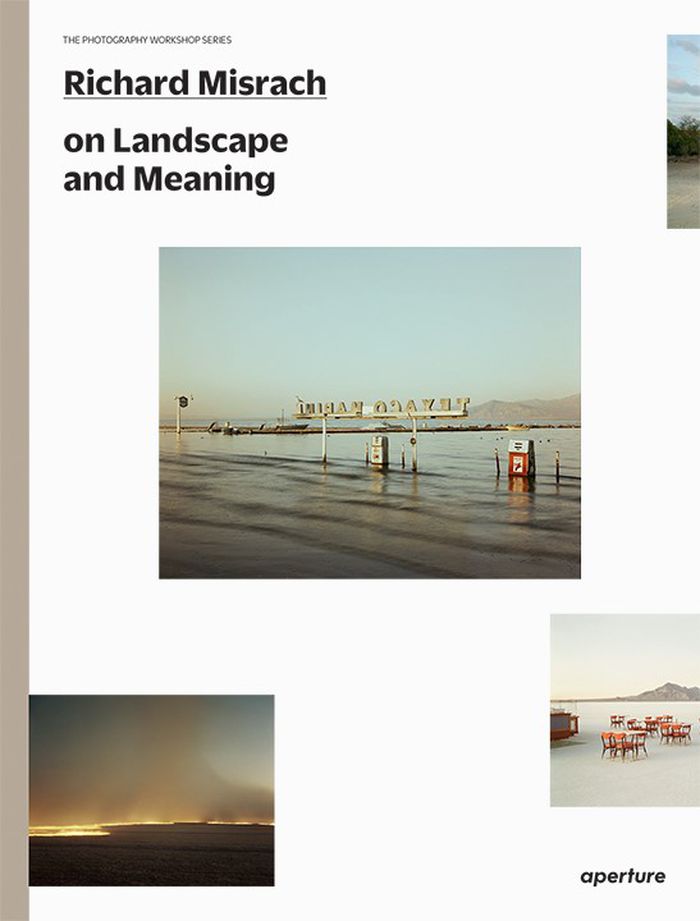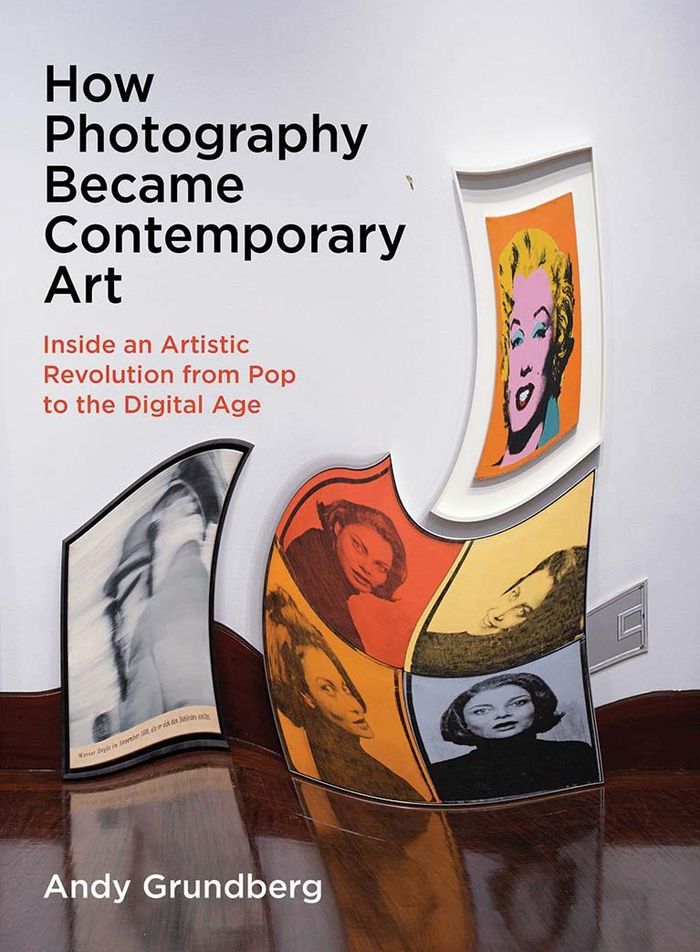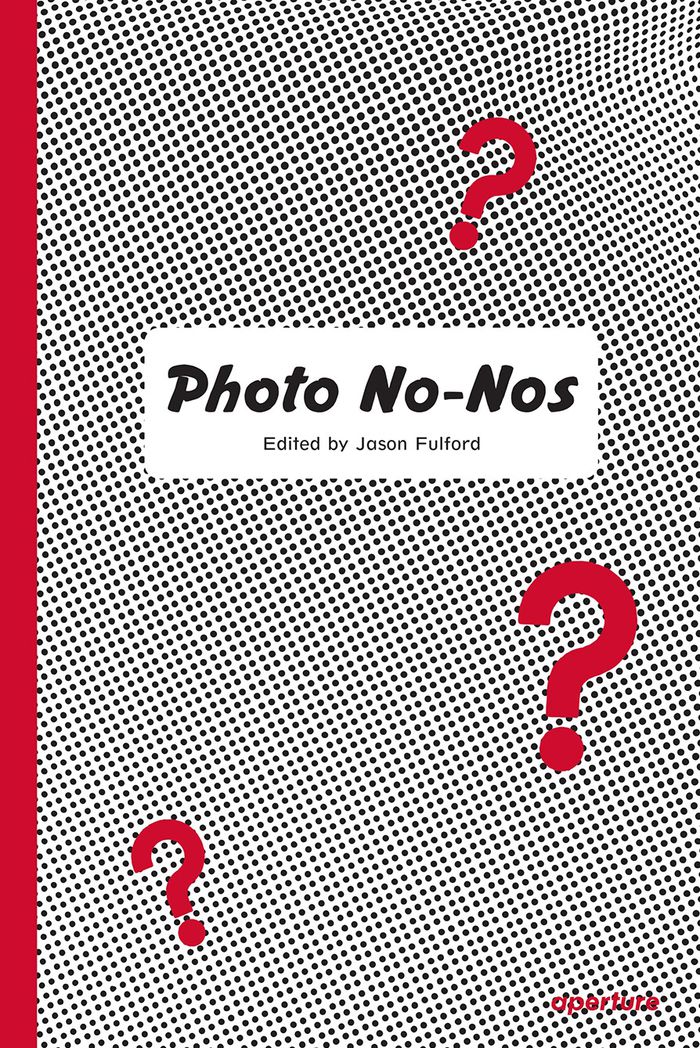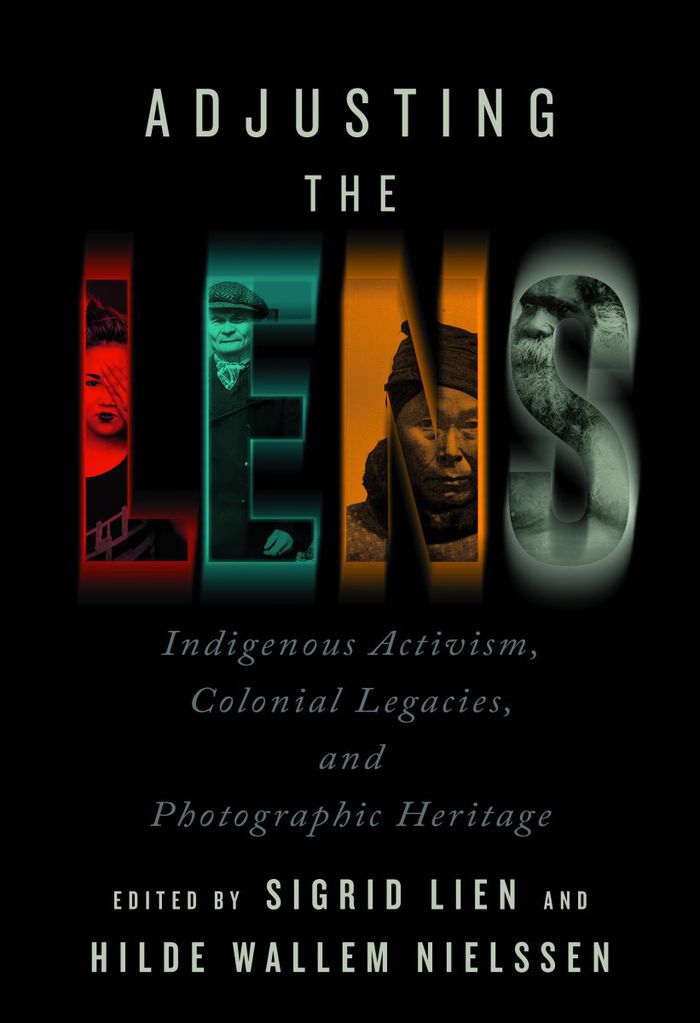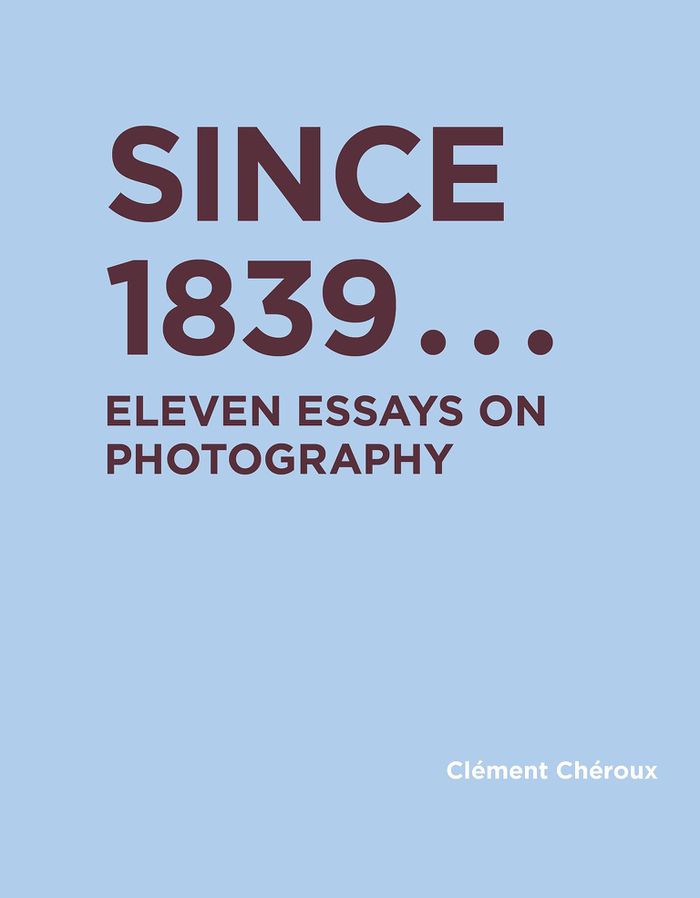On photographs
$45.95
(available in store)
Summary:
In ''On photographs,'' curator and writer David Campany presents an exploration of photography in 120 photographs. Proceeding not by chronology or genre or photographer, Campany’s eclectic selection unfolds according to its own logic. We see work by Henri Cartier-Bresson, William Eggleston, Helen Levitt, Garry Winogrand, Yves Louise Lawler, Andreas Gursky, and Rineke(...)
On photographs
Actions:
Price:
$45.95
(available in store)
Summary:
In ''On photographs,'' curator and writer David Campany presents an exploration of photography in 120 photographs. Proceeding not by chronology or genre or photographer, Campany’s eclectic selection unfolds according to its own logic. We see work by Henri Cartier-Bresson, William Eggleston, Helen Levitt, Garry Winogrand, Yves Louise Lawler, Andreas Gursky, and Rineke Dijkstra. There is fashion photography by William Klein, one of Vivian Maier’s contact sheets, and a carefully staged scene by Gregory Crewdson, as well as images culled from magazines and advertisements. Each of the 120 photographs is accompanied by Campany’s lucid and incisive commentary, considering the history of that image and its creator, interpreting its content and meaning, and connecting and contextualizing it with visual culture. Image by image, we absorb and appreciate Campany’s complex yet playful take on photography and its history.
Theory of Photography
$39.95
(available to order)
Summary:
Photography was invented between the publication of Adam Smith’s ''The Wealth of Nations'' and Karl Marx and Friedrich Engels’s ''The Communist Manifesto.'' Taking the intertwined development of capitalism and the camera as their starting point, the essays collected here investigate the relationship between capitalist accumulation and the photographic image, and ask(...)
Capitalism and the camera: essays on photography and extraction
Actions:
Price:
$39.95
(available to order)
Summary:
Photography was invented between the publication of Adam Smith’s ''The Wealth of Nations'' and Karl Marx and Friedrich Engels’s ''The Communist Manifesto.'' Taking the intertwined development of capitalism and the camera as their starting point, the essays collected here investigate the relationship between capitalist accumulation and the photographic image, and ask whether photography might allow us to refuse capitalism’s violence—and if so, how? Drawn together in productive disagreement, the essays in this collection explore the relationship of photography to resource extraction and capital accumulation, from 1492 to the postcolonial; the camera’s potential to make visible critical understandings of capitalist production and society, especially economies of class and desire; and the ways the camera and the image can be used to build cultural and political counterpublics from which a democratic struggle against capitalism might emerge.
Theory of Photography
$37.95
(available to order)
Summary:
Berenice Abbot (1898–1991) is best known for her work in the fields of architecture, portraiture, and science. She first learned photography in Paris, as an assistant to Man Ray. It was at his studio where she also encountered work by Eugène Atget (1857–1927), who in turn played an influential role in her practice. Abbot was committed to modernity and capturing the poetry(...)
Berenice Abbott: selected writings
Actions:
Price:
$37.95
(available to order)
Summary:
Berenice Abbot (1898–1991) is best known for her work in the fields of architecture, portraiture, and science. She first learned photography in Paris, as an assistant to Man Ray. It was at his studio where she also encountered work by Eugène Atget (1857–1927), who in turn played an influential role in her practice. Abbot was committed to modernity and capturing the poetry of the moment, whether through inventing new techniques for taking pictures of physics experiments or shooting the streets of New York. This book casts a fascinating look back at her writings, combining precise instructions and theoretical content in texts aimed towards either professionals or amateurs.
Theory of Photography
$45.95
(available to order)
Summary:
In 1900, Paris had no skyscrapers, no tourist helicopters, no drones. Yet well before aviation made aerial views more accessible, those who sought such vantages had countless options available to them. They could take in the vista from an observation ride, see a painting of the view from Notre-Dame, or overlook a miniature model city. In Aeroscopics, Patrick Ellis offers(...)
Aeroscopics: Media of the bird's-eye view
Actions:
Price:
$45.95
(available to order)
Summary:
In 1900, Paris had no skyscrapers, no tourist helicopters, no drones. Yet well before aviation made aerial views more accessible, those who sought such vantages had countless options available to them. They could take in the vista from an observation ride, see a painting of the view from Notre-Dame, or overlook a miniature model city. In Aeroscopics, Patrick Ellis offers a history of the view from above, written from below. Illustrated and premised upon extensive archival work, this interdisciplinary study reveals the forgotten media available to the public in the Balloon Era and after. Ellis resurrects these neglected spectacles as "aeroscopics," opening up new possibilities for the history of aerial vision.
Theory of Photography
On landscape and meaning
$37.50
(available to order)
Summary:
In the sixth installment of The Photography Workshop Series, Richard Misrach- well known for sublime and expansive landscapes that focus on the relationship between humans and their environment- offers his insight into creating photographs that are visually beautiful and contain cultural implications. Aperture Foundation works with the world’s top photographers to distill(...)
On landscape and meaning
Actions:
Price:
$37.50
(available to order)
Summary:
In the sixth installment of The Photography Workshop Series, Richard Misrach- well known for sublime and expansive landscapes that focus on the relationship between humans and their environment- offers his insight into creating photographs that are visually beautiful and contain cultural implications. Aperture Foundation works with the world’s top photographers to distill their creative approaches to, teachings on, and insights into photography- offering the workshop experience in a book. Our goal is to inspire photographers at all levels who wish to improve their work, as well as readers interested in deepening their understanding of the art of photography. Through images and words, in this volume Misrach shares his own creative process and discusses a wide range of issues, from the language of colour photography and the play of light and atmosphere, to transcending place and time through metaphor, myth, and abstraction.
Theory of Photography
Photography and belief
$20.00
(available to order)
Summary:
Identifying a recent shift in the dominance of photography, David Levi Strauss looks at the power of the medium in the age of Photoshop, smart phones, and the internet, asking important questions about how we look and what we trust. Offering a poignant argument in the era of ''fake news,' Strauss draws attention to new changes in the technology of seeing. Some uses of(...)
Photography and belief
Actions:
Price:
$20.00
(available to order)
Summary:
Identifying a recent shift in the dominance of photography, David Levi Strauss looks at the power of the medium in the age of Photoshop, smart phones, and the internet, asking important questions about how we look and what we trust. Offering a poignant argument in the era of ''fake news,' Strauss draws attention to new changes in the technology of seeing. Some uses of 'technical images' are causing the connection between images and belief (between seeing and believing) to fray and pull apart. How is this shifting our relationship to images? Will this crisis in what we can believe come to threaten our very purchase on the real? This book is an inquiry into the history and future of our belief in images.
Theory of Photography
$50.00
(available to order)
Summary:
When Andy Grundberg landed in New York in the early 1970s as a budding writer, photography was at the margins of the contemporary art world. By 1991, when he left his post as critic for the New York Times, photography was at the vital center of artistic debate. Grundberg writes eloquently and authoritatively about photography’s 'boom years,' chronicling the medium’s(...)
How photography became contemporary
Actions:
Price:
$50.00
(available to order)
Summary:
When Andy Grundberg landed in New York in the early 1970s as a budding writer, photography was at the margins of the contemporary art world. By 1991, when he left his post as critic for the New York Times, photography was at the vital center of artistic debate. Grundberg writes eloquently and authoritatively about photography’s 'boom years,' chronicling the medium’s increasing role within the most important art movements of the time, from Earth Art and Conceptual Art to performance and video. He also traces photography’s embrace by museums and galleries, as well as its politicization in the culture wars of the 80s and 90s.
Theory of Photography
Photo No-nos
$29.95
(available to order)
Summary:
At turns humorous and absurd, heartfelt and searching, 'Photo No-Nos' is for photographers of all levels wishing to avoid easy metaphors and to sharpen their visual communication skills. Photographers often have unwritten lists of subjects they tell themselves not to shoot — things that are cliché, exploitative, derivative, sometimes even arbitrary. 'Photo No-Nos'(...)
Photo No-nos
Actions:
Price:
$29.95
(available to order)
Summary:
At turns humorous and absurd, heartfelt and searching, 'Photo No-Nos' is for photographers of all levels wishing to avoid easy metaphors and to sharpen their visual communication skills. Photographers often have unwritten lists of subjects they tell themselves not to shoot — things that are cliché, exploitative, derivative, sometimes even arbitrary. 'Photo No-Nos' features ideas, stories, and anecdotes from many of the world’s most talented photographers and photography professionals, along with an encyclopedic list of more than a thousand taboo subjects compiled from and with pictures by contributors. Not a strict guide, but a series of meditations on 'bad' pictures, 'Photo No-Nos' covers a wide range of topics, from sunsets and roses to issues of colonialism, stereotypes, and social responsibility.
Theory of Photography
$45.00
(available to order)
Summary:
''Adjusting the lens'' explores the role of photography in contemporary renegotiations of the past and in Indigenous art activism. In moving and powerful case studies, contributors analyze photographic practices and heritage related to Indigenous communities in Canada, Australia, Greenland, Norway, Sweden, Finland, and the United States. In the process, they call(...)
Adjusting the lens: indigenous activism, colonial legacies, and photographic heritage
Actions:
Price:
$45.00
(available to order)
Summary:
''Adjusting the lens'' explores the role of photography in contemporary renegotiations of the past and in Indigenous art activism. In moving and powerful case studies, contributors analyze photographic practices and heritage related to Indigenous communities in Canada, Australia, Greenland, Norway, Sweden, Finland, and the United States. In the process, they call attention to how Indigenous people are using old photographs in new ways to empower themselves, revitalize community identity, and decolonize the colonial record. ''Adjusting the lens'' presents original research in this emerging field in Indigenous photography studies, juxtaposing the historical and the contemporary across a range of geographically and culturally distinctive contexts. The transnational perspective of this exciting collection challenges old ways of thinking and meaningfully advances the crucially important project of reclamation.
Theory of Photography
$45.95
(available to order)
Summary:
''Since 1839...'' offers a selection of essays by the renowned photography historian Clément Chéroux. Appointed Joel and Anne Ehrenkranz Chief Curator of Photography at the Museum of Modern Art (MoMA) in New York in 2020,Chéroux takes on a variety of topics, from the history of vernacular photography to the influence of documentary photography on Surrealism. These texts,(...)
Since 1839...: Eleven essays on photography
Actions:
Price:
$45.95
(available to order)
Summary:
''Since 1839...'' offers a selection of essays by the renowned photography historian Clément Chéroux. Appointed Joel and Anne Ehrenkranz Chief Curator of Photography at the Museum of Modern Art (MoMA) in New York in 2020,Chéroux takes on a variety of topics, from the history of vernacular photography to the influence of documentary photography on Surrealism. These texts, newly translated into English and published together in one volume for the first time, reflect the breadth of Chéroux’s thinking, the rigor of his approach, and his endless curiosity about photographs. In this volume, Chéroux presents unique case studies and untold stories. He discusses ways of sharing images, from the nineteenth century to the digital age; considers the utopian ideals of early photography; and analyzes the duality of amateur photography. Among other things, he describes the appeal of photographs snapped from a speeding train and explains historical value of first-generation prints of photographs. Through an analysis of key photographs taken on 9/11, Chéroux shows that the same six images were seen again and again in the press. Widely ranging, erudite, and engaging, these essays present Chéroux's innovative investigations of the histories of photography.
Theory of Photography
